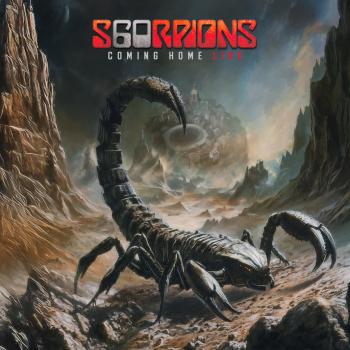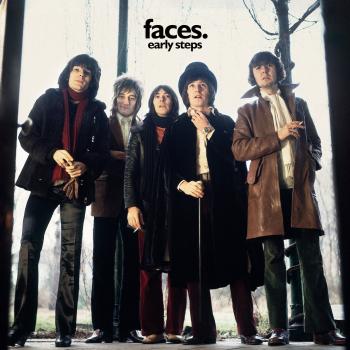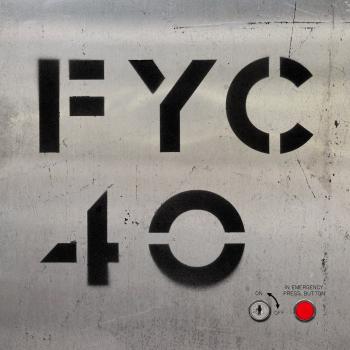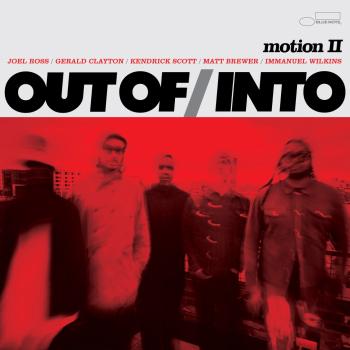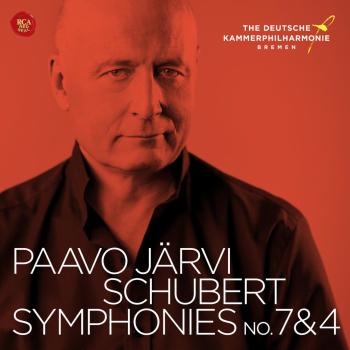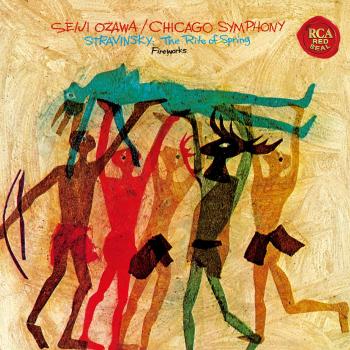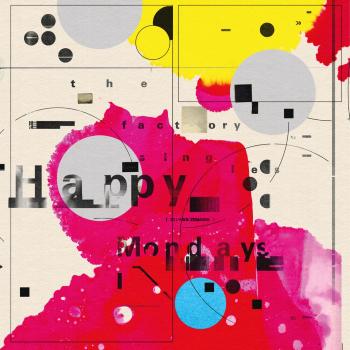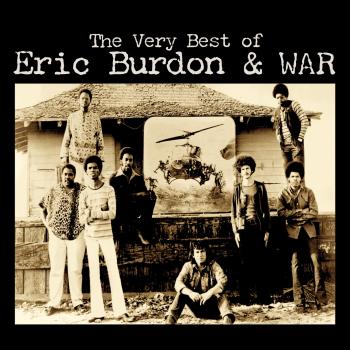
Holmboe: Chamber Symphonies Lapland Chamber Orchestra & John Storgards
Album info
Album-Release:
2012
HRA-Release:
08.09.2012
Label: Dacapo
Genre: Classical
Subgenre: Chamber Music
Artist: Lapland Chamber Orchestra & John Storgards
Composer: Vagn Holmboe
Album including Album cover Booklet (PDF)
- 1 I. Andante assai 02:56
- 2 II. Animato 03:25
- 3 III. Adagio 04:54
- 4 IV. Allegro assai 05:48
- 5 I. Andante fluente 08:37
- 6 II. Presto 03:48
- 7 III. Adagio 08:05
- 8 IV. Allegro con brio 08:41
- 9 I. Tempo giusto - Sereno con variazioni 04:12
- 10 II. Allegro vivace 02:22
- 11 III. Lento e tranquillo 03:50
- 12 IV. Grave con metamorfosi 05:47
- 13 V. Intermezzo Chiaro 01:39
- 14 VI. Allegro con forza 05:02
Info for Holmboe: Chamber Symphonies
Vagn Holmboe’s three chamber symphonies span the period when the Danish com poser immersed himself in symphonic works; they are a fine demonstration of his preoccupation with the processes of nature and the idea of musical metamorphosis. Lapland Chamber Orchestra and its conductor John Storgårds focus on Vagn Holmboe’s clear musical expression in three major works that have never previously been recorded.
'Vagn Holmboe’s three chamber symphonies span the latter half of his career, from 1951 to 1970. They are wonderful works: sophisticated, tightly contracted, imaginatively scored, and approachable without the slightest suggestion of pandering. The composer’s modern, neoclassical idiom prevails. The quick movements surge forward with rhythmic vitality, while the lyrical slow writing shows evidence of Holmboe’s engagement with the music of Bartók (consider the Adagio of Chamber Symphony No. 1). The first chamber symphony is scored for a small ensemble, but the scoring becomes more varied as the series progresses. No. 2 makes imaginative use of the celesta, while No. 3 introduces a discerning but colorful percussion contingent. (...)
The performances here are exceptional. John Storgards and the Lapland Chamber Orchestra play with an attention to detail, precision of ensemble, and clarity of texture that can only be called perfect. Although the ensemble is small, the massed strings project a surprising richness in the slow music, and never sound tired or sloppy when called (as they often are) to generate propulsive accompaniments to the winds. Similarly, the percussion adds color and rhythmic snap but never dominates. Part of the success of the production stems from the crystal-clear engineering. Holmboe was an important, consistently excellent composer, and this release constitutes a major addition to his growing discography.' Artistic quality: 10, Sound quality: 10 (David Hurwitz, Classics Today)
Lapland Chamber Orchestra
John Storgårds, conductor
Recorded in Rovaniemi Church on 31 March and 1 April 2011
Recording producer: Preben Iwan
Sound engineer: Preben Iwan
Recorded in the DXD audio format (Digital eXtreme Definition) 352.8kHz/24 bit
John Storgårds - Conductor
“The Finnish conducting miracle” is the phrase used of the fantastic host of talented conductors to come out of sparsely-populated Finland over the last few decades. And from that crowd John Storgårds stands out. He has a dual career as conductor and violin virtuoso, and he is a pioneer in contemporary music – an idealistic and eclectic musician.
From the autumn of 2008 John Storgårds became the new chief conductor of the Helsinki Philharmonic, one of Scandinavia’s best and most tradition-rich orchestras. He is also chief conductor of the Tampere Philharmonic and artistic director of the magical Lapland Chamber Orchestra, which gives some of Europe’s most imaginative concerts north of the Arctic Circle.
Abroad John Storgårds has appeared with international orchestras such as l’Orchestre de Paris, the BBC Symphony Orchestra, the Oslo Philharmonic and the Scottish Chamber Orchestra. He has appeared in the USA, Asia and Australia and with leading ensembles specializing in contemporary music such as the Parisian Ensemble Intercontemporain. He has recorded a succession of CDs and can be heard for example as a soloist in Dacapo’s recording of Sunleif Rasmussen’s Violin Concerto no. 2, Songs of Seasons.
Lapland Chamber Orchestra
Founded in 1972, Lapland Chamber Orchestra is the most northerly professional orchestra in the European Union. It is a regional orchestra based in the town of Rovaniemi and gives performances both in the Province of Lapland and all over the Arctic region and Finland.
The orchestra has received a new concert hall and working rooms in the Culture House Korundi where the Rovaniemi Art Museum is also situated. They are often invited to such festivals as the Tampere Biennale, Viitasaari Time of Music, the Kaustinen Chamber Music Week, the North Norway Festival and the Korsholm Music Festival and have appeared in the Classics Series of the Helsinki Philharmonic Orchestra.
Lapland Chamber Orchestra frequently gives the Finnish premieres of works by composers of all nationalities and eras and the world premieres of music by many leading contemporary composers (such as Aulis Sallinen, Kalevi Aho, Pehr Henrik Nordgren and Jószef Sári).
Lapland Chamber Orchestra has been awarded distinctions by Finland’s TV1 (1998) and the Arts Council of Lapland (2000), and artistic director John Storgårds was the recipient of the culture prize of Rovaniemi and its rural district in 2000. TV1 also awarded its Vuoden Valopilkku prize for 2003 to the Luosto Symphony by Kalevi Aho premiered on Luosto Fell by Lapland Chamber Orchestra and the Finnish Radio Symphony Orchestra. The Finnish Broadcasting Company YLE chose Kalevi Aho’s Rituals recording as Record of the Year 2009.
Vagn Holmboe - Composer
At the age of 16 Vagn Holmboe (1909-96) was admitted to the Royal Danish Academy of Music in Copenhagen as a violinist. In the entrance examination he was heard by the national composer Carl Nielsen, who also looked through some of his compositions. The earliest works by Holmboe known today were written the next year, and these include a string quartet. This was the first of no fewer than ten quartets that Holmboe wrote before, at the age of 40, he eventually gave a work the title String Quartet no. 1.
The years at the Academy were typified by studies of the classics and polyphony, and this coloured Vagn Holmboe's music throughout his life. One of his great models was Haydn, whose vitality, elegance, humour and economy with his resources are reflected in his own works. Another model was Béla Bartók. At the beginning of the 1930s, during a study trip to Paris, Holmboe met the Romanian pianist Meta Graf, whom he married, and who introduced him to the folk music of the Balkans. "The direct and emotional, the feeling and the quite clear expression - that interested me greatly. There was something elemental in this music," Holmboe said, looking back.
By the beginning of the 1930s Vagn Holmboe had already composed a large number of works, but had given very few of them the seal of an opus number. His breakthrough came in 1939, when he won the Royal Danish Orchestra's composition competition with his Symphony No 2. With the money prize he bought a country property by the lake Arresø in northern Zealand, where he built his home and lived until his death in 1996, and immersed himself increasingly in the flow of nature. His contact with nature was as strong as his link with music, and over the years he planted 3000 trees on his property with his own hands.
Until 1950 Vagn Holmboe taught at the Danish Institute for the Blind, and then he was engaged by the Royal Danish Academy of Music. He was professor of composition and theory there until 1965, when he retired to devote all his time to composing. He was then at the pinnacle of one of his most concentrated creative periods, and he had long since been recognized as one of the best composers in the Nordic countries. Fortunately he also lived long enough to see himself recognized internationally as one of the most human and acute composers - a classic of the twentieth century.
Vagn Holmboe wrote almost 400 works, especially instrumental music. The works are in all genres; nevertheless there are phases in which particular genres hold his main interest, especially the string quartet and the symphony. That is symphonies for large orchestra, but also variants like string symphonies (sinfonias) and a form that he called symphonic metamorphoses.
Booklet for Holmboe: Chamber Symphonies

